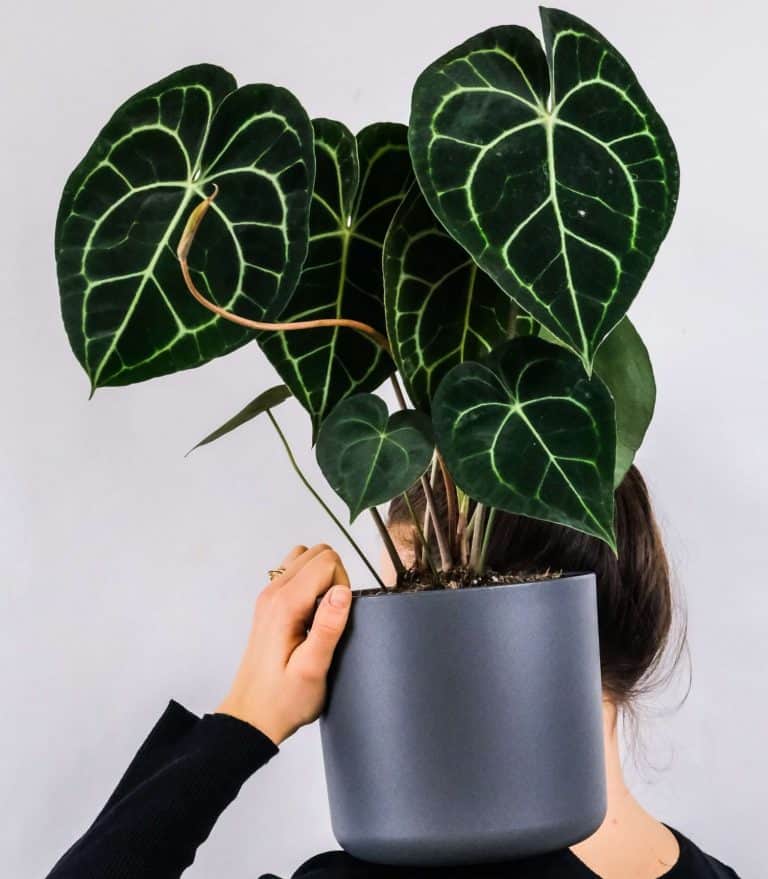All You Need to Know About Propagating Monstera
Monsteras made their mark after featuring frequently in the background of millennials’ lofts on Zoom. Its popularity in the past couple of years has skyrocketed, so getting your hands on an affordable one might be tough, and that’s where a guide to propagating Monstera comes in handy.
Propagating a Monstera is an inexpensive way to expand your Monstera collection or to get started.
Find out what are some ways you can go about propagating your Monstera plant, some common issues to take note of, and what other plants you can also try propagating after you’ve found success with Monsteras.
DISCLOSURE
Some of the links on here are affiliate links, and I may earn if you click on them, AT NO EXTRA cost to you. I hope you find the information here useful! Thanks.
Related Articles:
- Why Is My String Of Pearls Dying: How to Revive It and Ensure It Doesn’t Happen Again
- Begonia Maculata Care: Best Essential Tips
- How to Care for Philodendron Verrucosum: Essential Tips
- Philodendron Hastatum: The Beginners Care Guide
- How To Propagate A Chinese Evergreen : 2022 Guide
What Is Monstera?
Monstera Deliciosa or Monstera for short is also called the Swiss Cheese Plant, so named because of the cheese-like appearance from the holes and notches found on its leaves.
Did you know the name Monstera Deliciosa means ‘delicious monstrosity’ because of its edible fruit, which apparently tastes like a cross between pineapples and jackfruits?
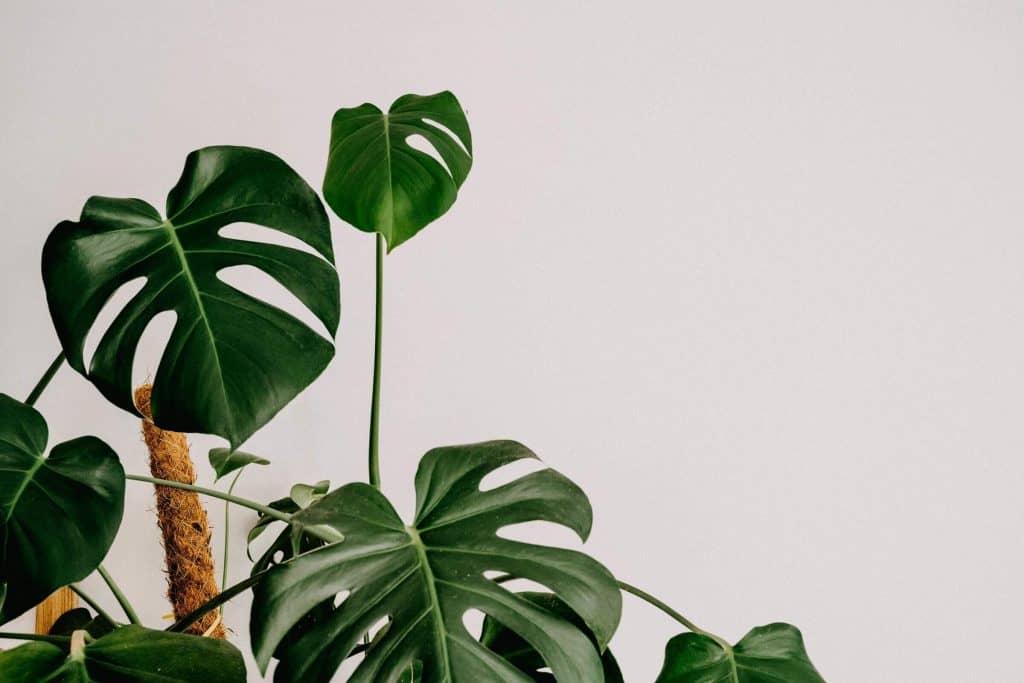
Monstera plants are low-maintenance, hardy, and resilient indoor plants that are great for beginners trying to get started on their gardening journey.
They’ve been known to withstand a couple of days or even weeks without being watered. (Not that we’re encouraging it!)
Your local gardening store should have ready stocks of this popular plant though prices vary depending on availability. We hear some varieties can sell for as much as $1,000!
If you can’t quite seem to get your hands on a Monstera and know someone with one, propagating Monstera Deliciosa is relatively easy and best of all – free! You just need patience and time.
How Do You Propagate Monstera?
Monstera plants are best propagated by stem cutting, a commonly-used method for woody, ornamental plants, where a section of the parent plant’s stem is taken to propagate a new plant.
After cutting the stem, you can also choose several mediums to plant your new Monstera cutting in.
Monstera propagation in water is a more often-used method.
Other propagation methods include using Sphagnum moss or just directly planting your Monstera cutting into the soil.
Here’s what you need to do to successfully propagate your Monstera Deliciosa plant in water:
1. Prepare your tools
You should have a pair of sharp pruning shears, sterile and ready for stem cutting, and a clear glass jar filled with water.
Get this Professional Premium Titanium Bypass Pruning Shears at an excellent price!
This set of glass vases is perfect to save you some money since they come 3 for the price of one, a great deal!
2. Choose a cutting with an aerial root and node
Study the parent plant and look for an aerial root on your Monstera plant.
If there are a few, look for the biggest aerial root to increase your chances of successful propagation. If the aerial root is a bit too long, feel free to trim it so that it fits into the jar better.
You should also ensure that there is a node on the section of the stem you have chosen. A Monstera node is the point on a stem where the leaf is attached.
Do not use a stem without a node, we’ll explain why in a bit.
While it is not vital, your chosen Monstera section should have a leaf. If your eventual cutting has a node but no leaf, this is known as a wet stick. Wet stick propagation or propagating Monstera without a leaf is not impossible, though it would take a lot longer.
3. Cut chosen section of the plant and place it in a jar
Using your shears, cut below the node and aerial root and place your Monstera cutting in a clear jar with water, keeping the aerial root below water level.
The opening of your container should be wide enough for you to remove the cutting without destroying the roots. A clear jar would also help you track the root growth progress.
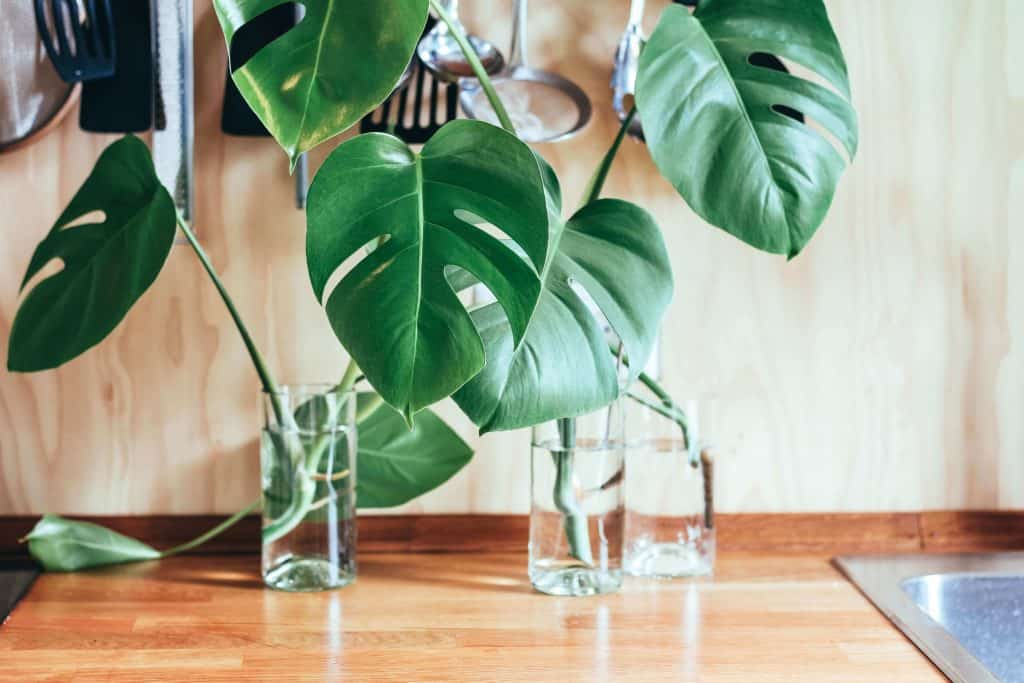
Taking the water propagation route means you will need to change the water in the jar frequently.
Every five days is a good frequency. You can also choose to use rooting hormone at this point if you’d like, though it is not necessary.
4. Place jar in a bright location in your home and wait
Once you’ve placed the cutting in water, place your jar in a location that has sunlight, but not directly, and wait for its roots to grow.
Propagating Monstera Without Nodes
Whether you are carrying out Monstera propagation in water or through other modes, it is not recommended to propagate Monstera without a node.
Nodes are where all new growth in the form of leaves, stems, and roots originate. It is also a site where biological processes, structural support, and healing occur, hence they are key towards a successful propagation attempt.
Without a node, if you propagate a Monstera leaf on its own, your leaf might grow roots when placed in water but it is likely to just stay as it is – as a single leaf.
If the single-leaf look is what you’re going for in your home, then you needn’t be too hard-pressed about having a node on your cutting. If not, don’t take your chances and choose a cutting with at least one node.
How Long Does Propagating Monstera in Water Take?
If you follow all the factors above – choosing a cutting with an aerial root and node, as well as providing it with adequate sunlight and keeping the water fresh, the cutting should develop roots in as little as two weeks.
But try to resist the urge to prematurely remove your cutting from the jar. The roots should grow to almost three to four inches long before your Monstera water propagation is considered complete.
This should take about two months.
Once the roots are at a good length, you can remove them from the jar to plant them in the soil.
If you prefer, you can also opt to leave your Monstera deliciosa cutting in water. Some people do this because they prefer keeping their Monstera in a vase or like the aesthetic better. However, leaving it in water means it may not thrive as it would have in the soil.
Should you choose to continue to grow it in water or hydroponically, you’ll also definitely need to add fertilizer to the water.
If your intention is for your plant to grow big and strong, then moving it to soil is recommended.
Care Tips for Your Monstera
Now that you’ve successfully propagated your Monstera Deliciosa and its roots are growing well, you’re ready to plant it into a pot of soil.
But before you do, here are some tips you might want to take note of to ensure your Monstera clipping reaches its maximum potential after you transfer it to the soil.
How Much Light Does A Monstera Need?
Monstera Deliciosas is native to Southern Mexico’s tropical rainforests and typically grow under the rainforest canopy so it does not need as much as you’d imagine. It is extremely adaptable and can also survive in low-light environments.
That said, direct sunlight is a big no-no as it might scorch the Monstera’s leaves.
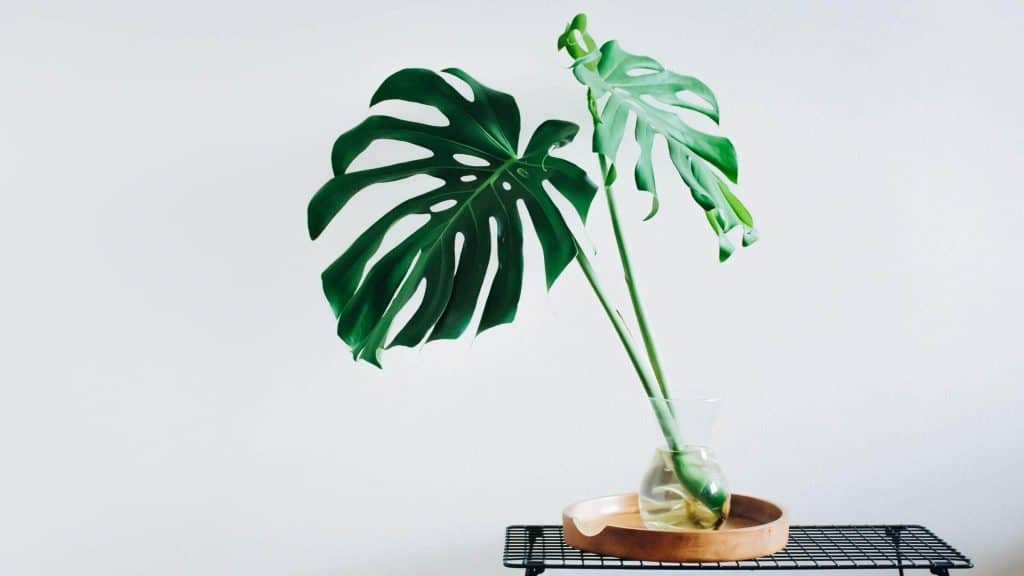
You should still aim to provide your Monstera with a warm and bright environment with indirect sunlight for it to thrive and grow into a beautiful plant with huge, healthy leaves.
How Often Should I Water A Monstera?
Now, while a Monstera is incredibly hardy and can even go weeks without being watered, remember to water your Monstera at least twice a week.
Or at least water it when the top layer of soil looks dry.
Conversely, you should also take note to not overwater your Monstera. Monstera Deliciosa roots tend to rot easily. Overwatering your plant means that the soil would stay moist for longer, increasing the likelihood of your roots rotting.
Water your plants in the morning so that the excess water has time to evaporate or dry out throughout the day before night time.
Best Soil To Grow Monstera In
If you’re new to gardening, you’d be good with a standard potting mix though it may not drain as well.
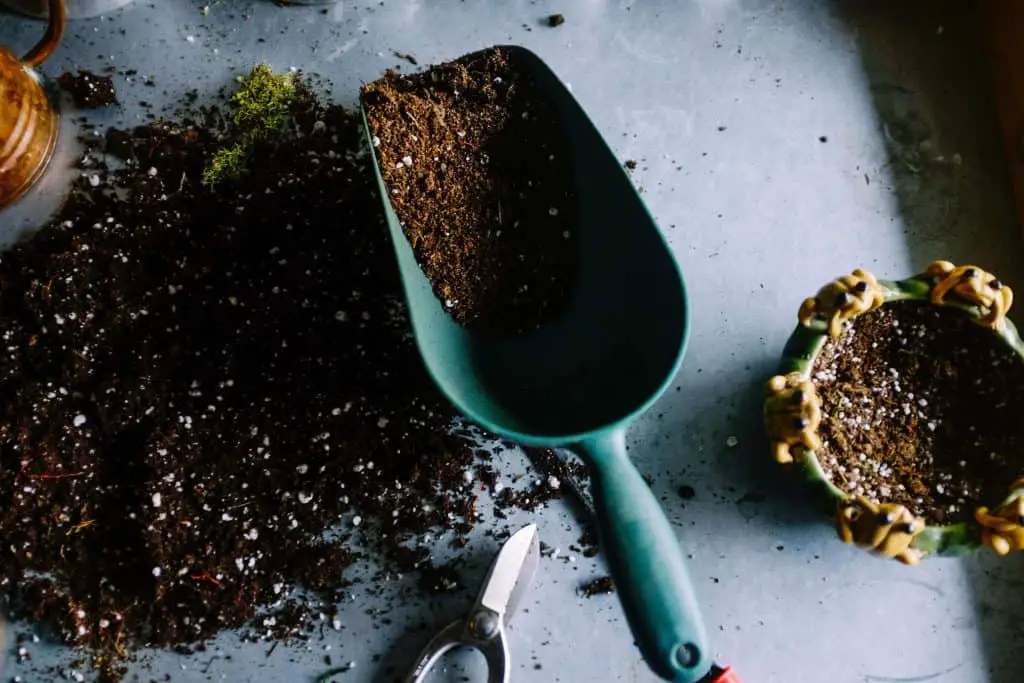
However, if you’re ready to experiment with mixing your soil for optimal growth, you can work with a mix of potting soil, orchid bark, peat moss, and perlite.
Orchid bark and perlite help promote drainage, and peat moss is good at retaining moisture while providing good aeration.
Common Issues When Growing Monstera
Monstera propagation might seem straightforward but here are some common issues that you may encounter along the way and what they are caused by:
- Roots taking too long to grow out
Likely, you’ve not given your new cuttings enough sunlight. While it is important to not have it in direct sunlight as your new cuttings are delicate, you’ll also need to ensure that your cuttings are placed in a spot that still has access to bright light.
The best option would be to have your propagation jar near a window but not on the windowsill.
If roots still fail to appear during water propagation, and you are certain you have used a cutting with a node, you could try planting your cutting directly in soil instead.
- Monstera leaves are not splitting
Holes and notches on a Monstera do take a while to appear and it is not an immediate cause for concern if your new Monstera leaves do not have them.
However, if you’ve had your plant for a while but haven’t seen any splitting in your Monstera leaves, it is likely they don’t have enough sunlight.
Move them to a place with a bit more light and wait to see if this helps.
- The plant is growing too fast and big
Prune your Monstera regularly to keep its size indoor-friendly.
If it gets too big or there are too many new stems and leaves, you can also take this as your cue to go for another round of propagation! Ask your friends if anyone wants to adopt a brand-new baby Monstera and get shearing!
Best Pots for Your Monstera
Monsteras love a cozy environment, so while you need to leave space for the roots to continue to grow, you do not need to start with too big a pot.
You can opt for a pot that would accommodate the new roots from your water propagation and also provide a bit of space (about two inches around) for these roots to take root.
Overly big pots are a sure-fire recipe for root rot, especially if its root network isn’t that developed. Even if the plant looks big, check its root network and shop for a pot that would give it space but not too much. When shopping for pots, you’d want to look for one that has drainage functions, such as this pot which is self-aerating and high-drainage and comes in various sizes.
- For those who prefer a more visually aesthetic pot, a two-toned ceramic planter pot (that also comes with drainage holes) would be a great complement to your beautiful Monstera plant while retaining a minimalist vibe.
- Or if unique shades are your thing, this round modern fiberglass resin planter pot in bronze will add some colour and pizzaz to your green collective.
Can You Propagate Monstera Without an Aerial Root?
Yes, you can propagate Monstera Deliciosa without an aerial root. While having a node is necessary for propagation to occur, you do not need an aerial root on your Monstera cutting for successful propagation to take place.
However, if your Monstera cutting does have an aerial root, it increases the chance of your propagation succeeding and also speeds up the whole process.
Best Places In Your Home to Place Your Monstera
A Monstera Deliciosa plant thrives in a warm and bright place, without direct sunlight. Finding a spot in your home that meets the criteria of bright but no direct sunlight can be tricky.
But what this means is that the plant should be in a place with sunlight but not so near the light source that a shadow is cast from it.
However, as the Monstera grows, it can also get quite big and unwieldy.
Some of our favorite spots to put your Monstera ensuring it gets enough sunlight but still look aesthetic are:
- Bedrooms, next to a nightstand

- Living rooms, away from the window, next to the TV console

- Dining room corners
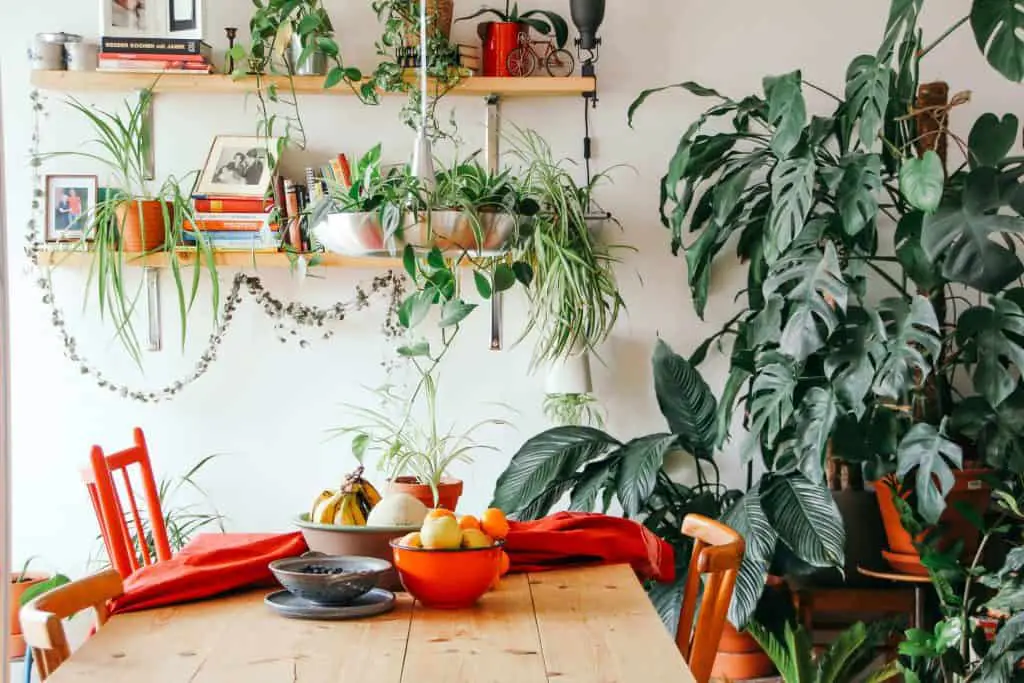
Just remember to check that these spots don’t get direct sunlight at different times of the day and you’re good to go!
Other Instagram-Worthy Plants You Can Grow Indoors
Now that you’ve gotten a taste of propagating your very own Monstera Deliciosa plant, you can also try your hand at other plants that have aesthetics similar to the Monstera.
1. Monstera Adansonii
If you liked the holes and notches of the Monstera Deliciosa, you might also want to try to propagate Monstera Adansonii. The plant comes with the same holes you love in a Monstera Deliciosa, but bigger and they appear on fully-edged leaves.
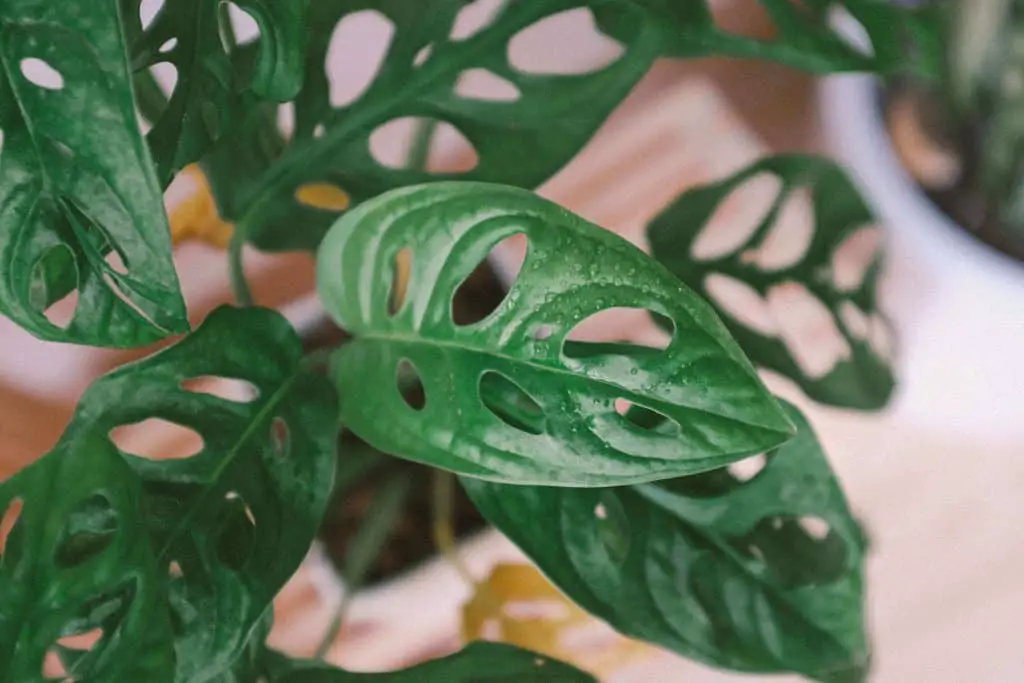
Like a Monstera Deliciosa, propagating the Monstera Adansonii will generally follow the same method of water propagation since they all have aerial roots.
2. Monstera Albo
Monstera Albo is another plant in the Monstera family that has been turning heads because of its variegated appearance where its leaves have splotches of white or are even fully white.
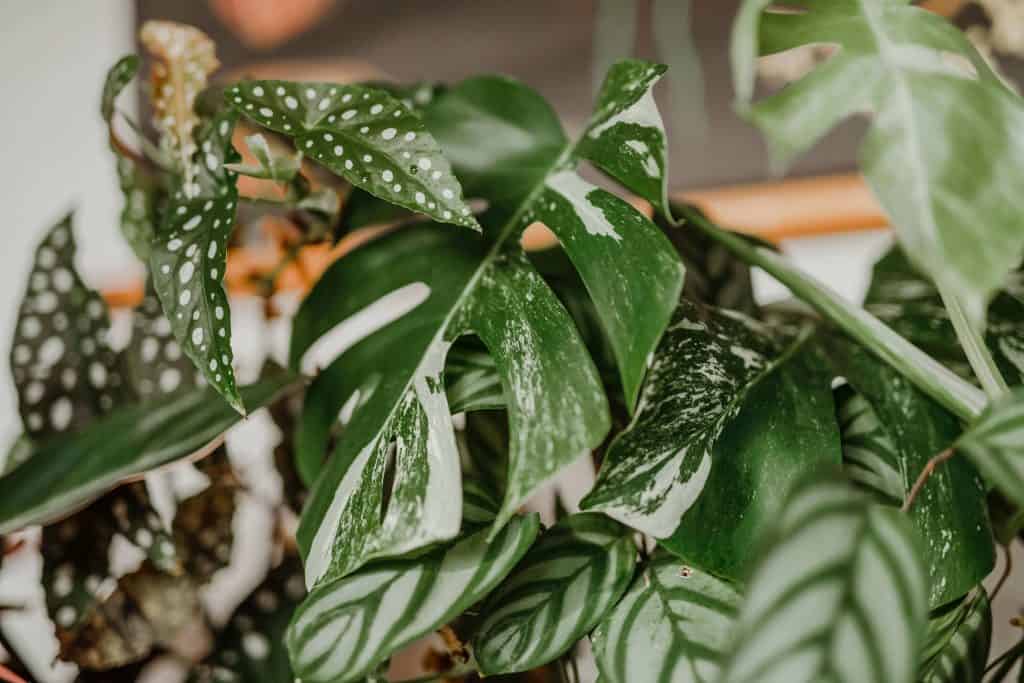
Because of how rare a Monstera Albo is (since the variegation occurs due to random mutations), getting a fully-grown plant can be extremely rare if not expensive.
You’ll have better luck trying to purchase a Monstera Albo cutting from someone who’s taken the time to cultivate their plant.
Though we have to caveat that because of its lack of chlorophyll due to its variegated nature, it is not an easy plant to grow and would take considerable skill to see it to its full potential.
The outcome however can be extremely rewarding especially if you end up with a half or fully white leaf.
3. Rhaphidophora Tetrasperma
This is sometimes referred to as a dwarf or mini Monstera as it resembles the Monstera, but is actually of a different genus, though it does belong to the same plant family (Araceae) as the Monstera.
True to its nickname, it looks just like a Monstera, but with smaller leaves. Rhaphidophora Tetrasperma also grows a lot faster than the Monstera Deliciosa and is also a cheaper alternative.
If you want to try your hand at Rhaphidophora Tetrasperma propagation, I’ve found Sphagnum moss to be a better medium to place my cuttings in compared to water.
Since the Rhaphidophora Tetrasperma grows a lot faster than the Monstera Deliciosa, it also requires more frequent watering compared to the latter.
4. Split Leaf Philodendron
Another plant that resembles the Monstera Deliciosa, and is often confused with it – the Split Leaf Philodendron is not the same plant and is of a different genus (Philodendron).

Unlike the Monstera Deliciosa, the Split Leaf Philodendron does not have fenestrations or perforations.
Split Leaf Philodendrons also take up less space than a Monstera Deliciosa and are often seen in hanging baskets, compared to the Monstera which is planted upright.
Despite its differences, you can carry out Split Leaf Philodendron propagation in a similar manner by stem cuttings, though its lower cost means that people do prefer growing them from seeds than choose to propagate them.
Conclusion
Propagating Monstera Deliciosa isn’t difficult despite how impressive the plant looks. Once you’ve figured out the basics of identifying nodes and aerial roots, everything else is pretty straightforward.
It might take a couple of tries but the upside is that once you’ve got propagation figured out, expanding your own Monstera Deliciosa collective, is literally in your very hands. You might find yourself just raring to share the Monstera love and cuttings with your friends because of how easy it is to grow and care for a Monstera.
Tried your hand at propagating Monstera? Let us know how the propagation process went and if you encounter any issues, in the comments below.






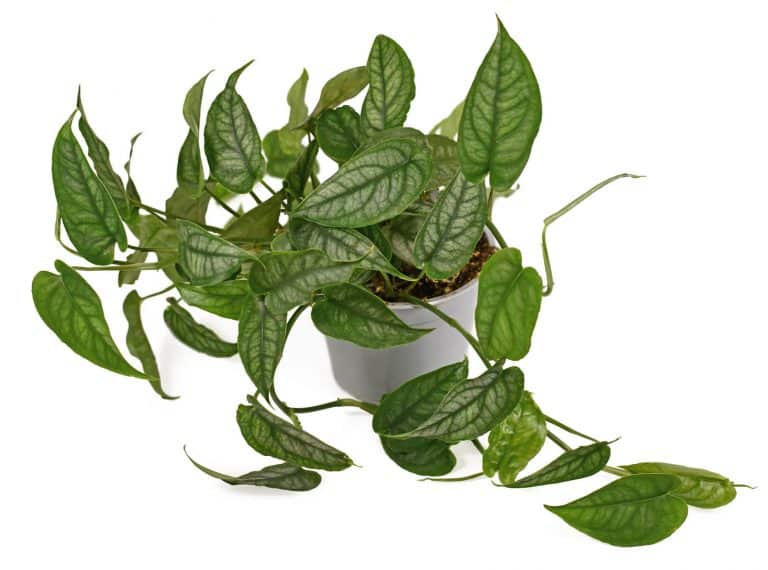


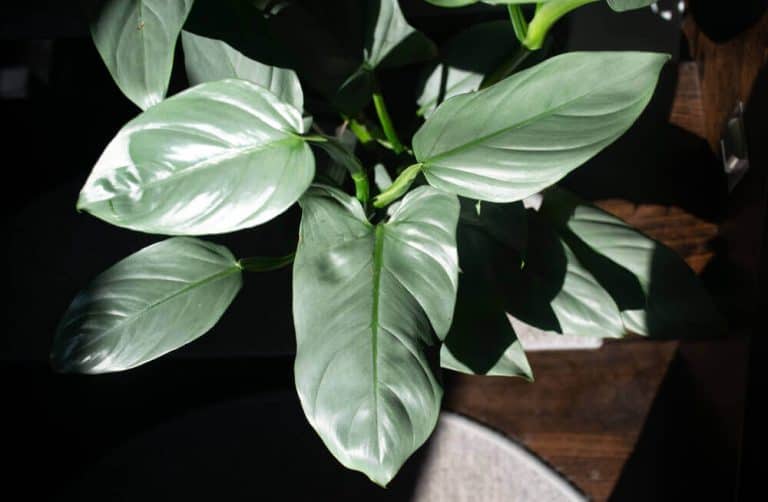
![Can You Grow Tomatoes In A Grow Tent? + Tips For Quick Growth [2022]](https://aboveandbeyondgardening.com/wp-content/uploads/2022/08/can-you-grow-tomatoes-in-a-grow-tent-9-768x512.jpg)
